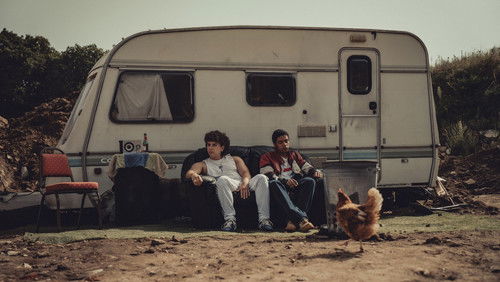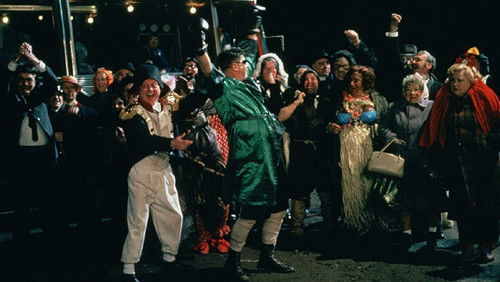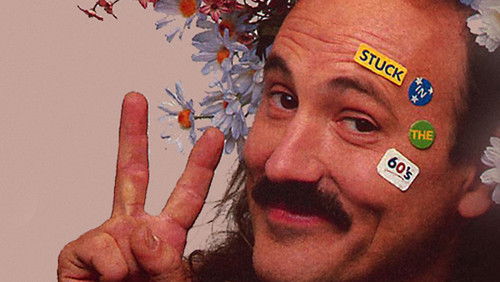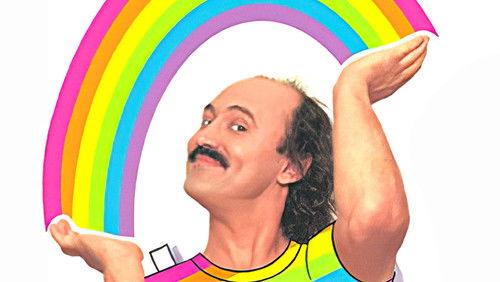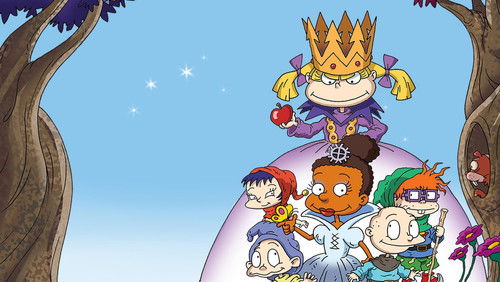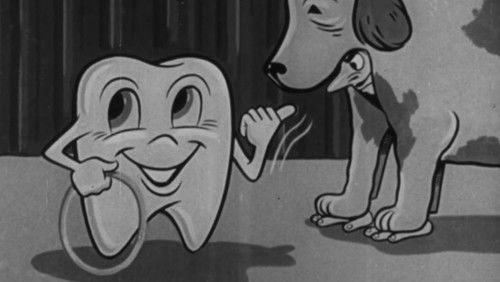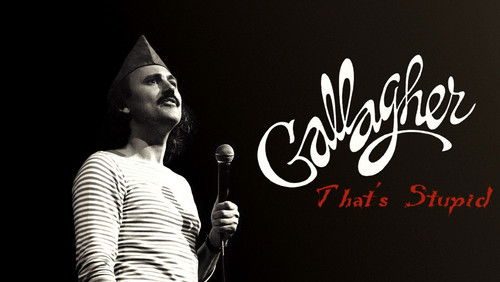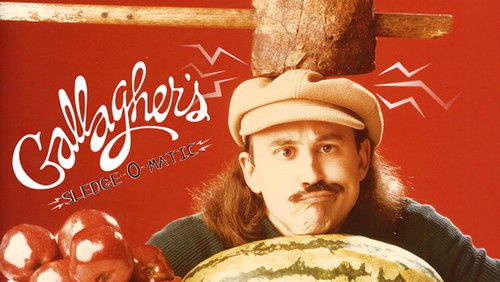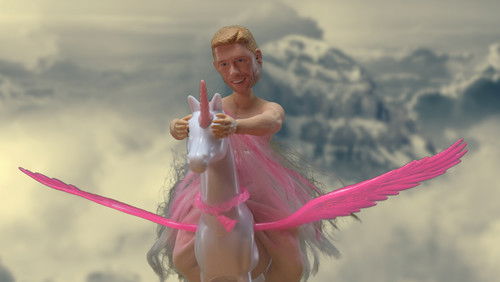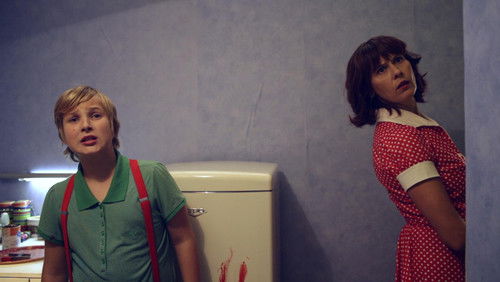This Magnificent Cake! (Short 2018)
64KThis Magnificent Cake!: Directed by Emma De Swaef, Marc James Roels. With Jan Decleir, Bruno Levie, Paul Huvenne, Gaston Motambo. An anthology film set in colonial Africa in the late 19th century telling the stories of 5 different characters: a troubled king, a middle-aged Pygmy working in a luxury hotel, a failed businessman on an expedition, a lost porter and a young army deserter.
“u0026quot;This Magnificent Cakeu0026quot; – the title remains as much of an enigma now as it did when I first sat down to watch this Belgian stop-motion animation.u003cbr/u003eu003cbr/u003eNot only the puppets, but the props and almost the entire set, are constructed using wool or other knitted and woven fabrics, a remarkable achievement in itself. This unorthodox method is surprisingly effective at creating realistic outdoor scenes, even for things that one would not intuitively expect to work, such as a waterfall. The human puppets have very supple and naturalistic movements and I found them quite believable.u003cbr/u003eu003cbr/u003eThe interlinked stories begin in 1885, and are apparently set in the Congo Free State, although the territory is not referred to by name. The Congo Free State was ruled personally by King Leopold II, independently of the Belgian Government, and became notorious for the use of forced labour in rubber harvesting. According to some estimates, millions of Africans were killed by disease, reprisal killings or other atrocities in those years.u003cbr/u003eu003cbr/u003eThe film is not however an explicit critique of the Congo Free State in particular (the facts of which are presumably well-known to Belgians already) but more of African colonialism generally. The stories contain three familiar themes – the cruelty of European colonial rule; royal folly and vanity; and the way that colonial enterprises have always attracted rogues, chancers and misfits who travel to faraway lands both in order to find themselves, and to lose themselves. In one scene, an explorer is crossing a rope-suspended timber bridge with a train of enslaved African porters in tow; he eats a banana and casually tosses the skin behind him, causing the lead porter to slip and drag all his shackled comrades into the river gorge. In another episode, the King is at a recital of Saint-Saënsu0026#39; u0026quot;The Cuckoo in the Depths of the Woodsu0026quot; in the hotel. He furiously demands that the clarinettist stop playing, apparently because he canu0026#39;t abide the sound of wind instruments (which defeats the object, because the clarinet is supposed to recreate the cuckoou0026#39;s call). The despondent musician wanders off into the forest. It is not always clear whether what we are witnessing is u0026quot;realu0026quot;, a dream, or some kind of allegory. Two of the episodes take place in a big deserted house in the middle of the jungle – I assume this is the hotel but it is not clear why has it been abandoned.u003cbr/u003eu003cbr/u003eThe film prioritises quirky, sardonic humour over plot development, an approach that may seem out of keeping with the dark subject matter, but to give it credit, it tries to give the African characters some individuality and does not treat them merely as passive victims. One of the inherent problems in using knitted puppets is that it is difficult to feel much emotional involvement in a story in which the characters have no facial expressions. However, the craftsmanship and attention to detail is remarkable and it is never dull.”
